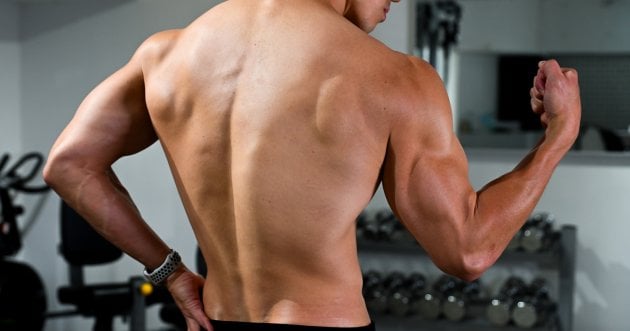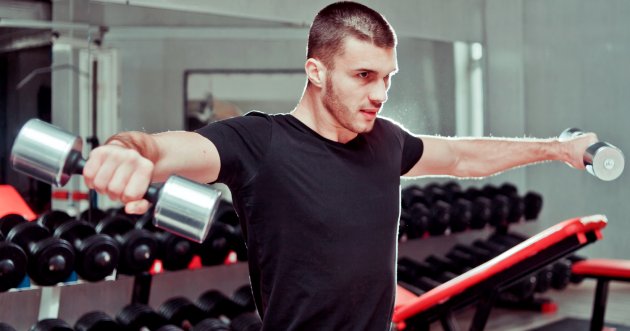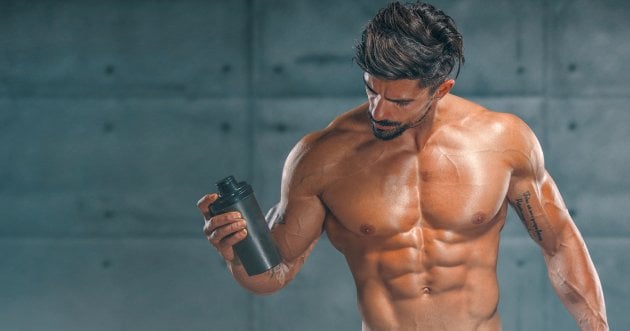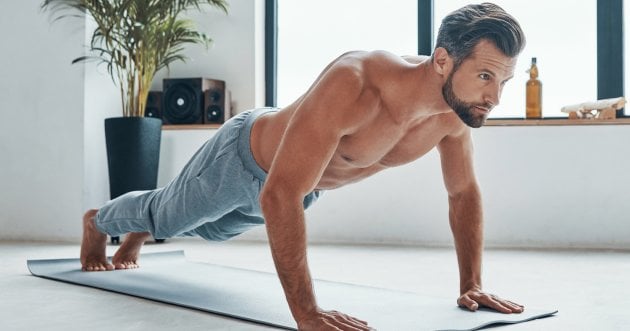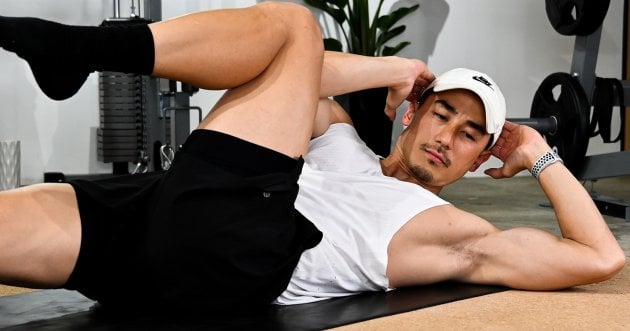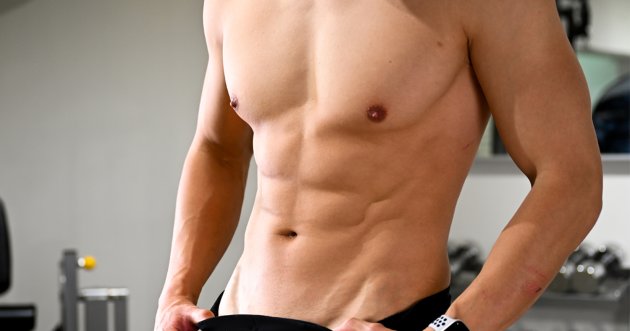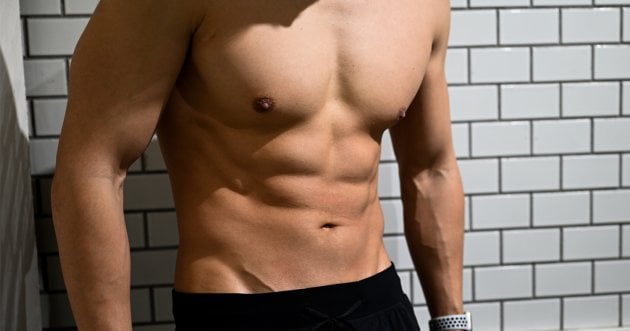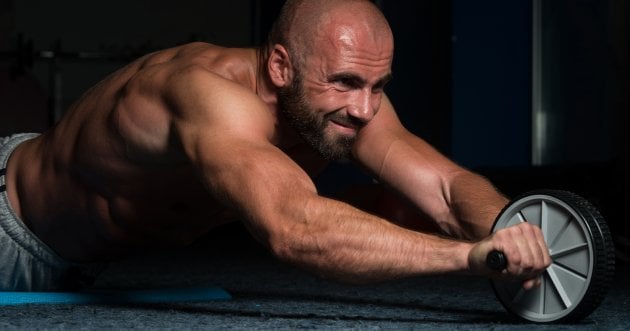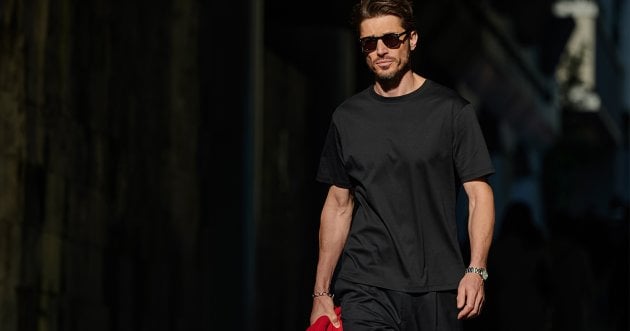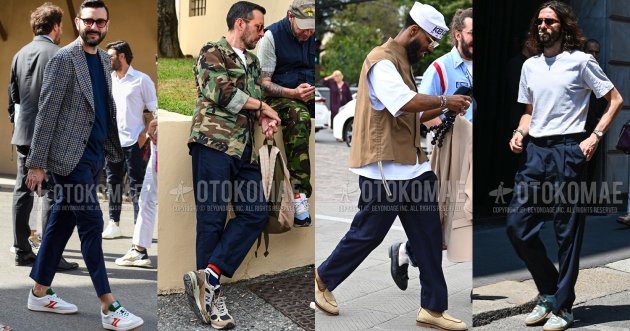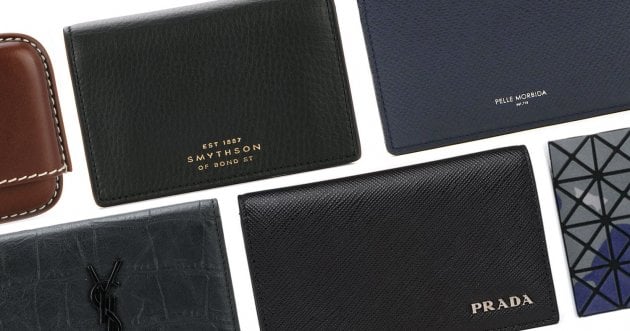
Suponsered by
Three Viewpoints to Focus on When Selecting a Wrist Strap
Wrist straps vary in ease of use and durability due to the different materials and lengths used by different manufacturers. Here are three points to consider when selecting a wrist strap.
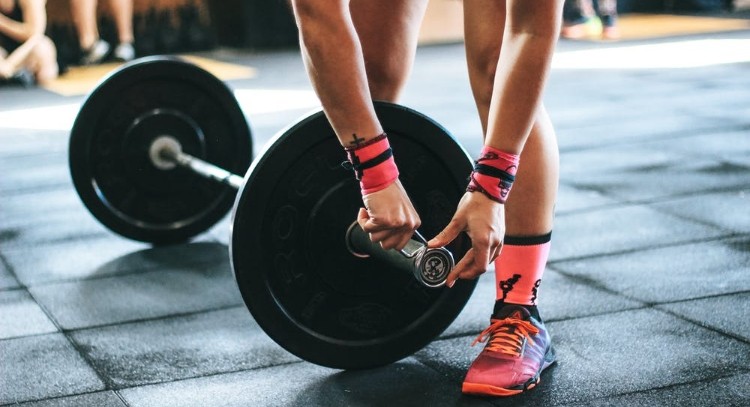
How to Select a Wrist Strap (1) “First, check the “material” that most affects ease of use!
The main materials used for wrist straps are nylon, cotton, and leather. The most common materials on the market are nylon and cotton, which can be washed in a washing machine for hygienic use. If the weight to be handled is light, the grip is perfect, but depending on the weight, it may be slippery, and depending on the density and thickness of the fabric, it may not be as durable as it should be. On the other hand, leather wrist straps offer superior grip and durability compared to textile materials, but they cannot be washed in their entirety and require regular care. Incidentally, cotton and leather have the advantage of becoming more comfortable in the hand as they are used.
| Material | Grip strength | Durability | Hygiene |
| Nylon | 0 | △※1 | ◎◎ |
| Cotton | Cotton | △※1 | Leather |
| Leather | Leather | Leather | Leather |
1: Depends on the density and thickness of the fabric.
How to Select a Wrist Strap (2) “The most common “size” is around 50 cm.
Wrist straps vary in size depending on the product, but you should choose one that is around 50 cm in length. 50 cm is long enough to go around the bar two or three times, and provides a good grip for a comfortable workout. If the strap is too short, the grip will be weak, and if it is too long, you will have to spend time wrapping it around the bar.
How to choose a wrist strap (3) “Be careful not to mistake it for a wrist strap!
Wrist straps are often mistaken for ” wrist wraps. These are also training goods that are wrapped around the wrist, but they are designed to protect the wrist and prevent injury, not to assist in grip strength. Incidentally, wrist wraps are often used when performing bench presses and other press-type events that require a large load. They can prevent the wrists from bowing under the weight, so if you are focusing on press events, please check them out as well.
3/3GO TO NEXT PAGE
![What are the specific 5 changes that muscle training can bring to a man? [“The truth as experienced by practitioners.”]](https://otokomaeken.com/wp-content/uploads/2023/12/3ecb709c1f1613850249ba743b4b1457-630x331.jpg)
